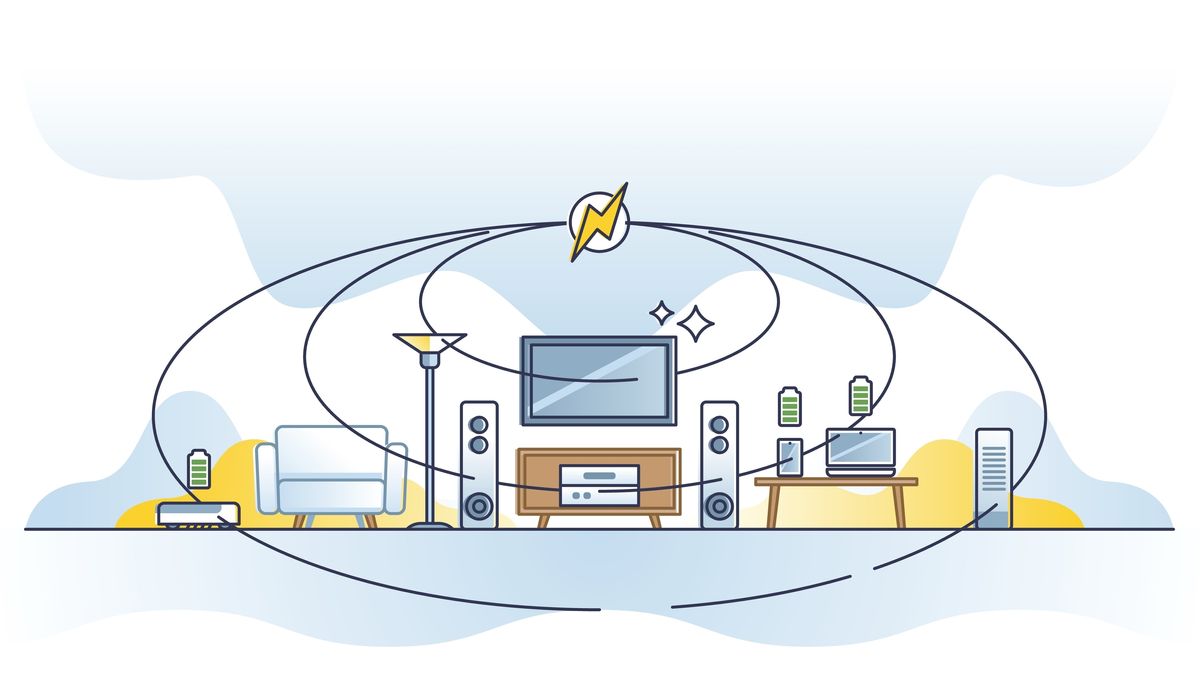
Scientists have worked out how to use an infrared laser to charge devices at a distance. The system can deliver up to 400 milliwatts of power up to a distance of 30 meters (100 feet). That amount of power is sufficient to charge small sensors and other tech, and with developments, it could be possible to charge mobile devices too.
The work, published in the journal Optics Express, focused on a method called distributed laser charging. They showed that an infrared laser (whose wavelength can’t harm skin or eyes) was shined through a spherical ball lens towards a device with a photovoltaic receiver of 10 by 10 millimeters (0.4 by 0.4 inches).
The receiver is small enough to be attached to many mobile devices and sensors, and the team showed that it was able to convert 400 milliwatts to 85 milliwatts of electrical power. A small but significant result.
“While most other approaches require the receiving device to be in a special charging cradle or to be stationary, distributed laser charging enables self-alignment without tracking processes as long as the transmitter and receiver are in the line of sight of each other,” research team leader Jinyong Ha from Sejong University in South Korea said in a press release from the journal publisher. “It also automatically shifts to a safe low power delivery mode if an object or a person blocks the line of sight.”
While the versatility is exciting, the team needs to work of several issues. Power is one of them. At the current rate, it would take over one hundred hours to charge your mobile phone. And the system can currently only charge one device at a time, although it can follow it around the room thanks to the spherical lens.
“The ability to power devices wirelessly could eliminate the need to carry around power cables for our phones or tablets,” said Ha. “It could also power various sensors such as those in Internet of Things (IoT) devices and sensors used for monitoring processes in manufacturing plants.”
Attempts at delivering electricity wirelessly are as old as electrical power itself. Nikola Tesla thought it could be done. Since then, many different approaches have been put forward including ways to deliver power using wireless routers.
Source Link: Infrared Light Used To Power Device Through The Air Over 30 Meters